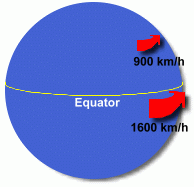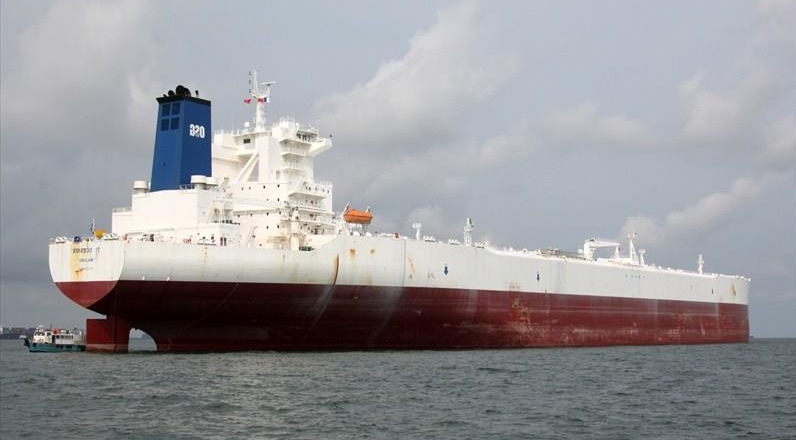|
Among tanker ships, the very largest are called supertankers. The largest of these are the Very Large Crude Carrier (VLCC), which can carry 200,000 tons or more of oil, and the Ultra Large Crude Carrier (ULCC), which can manage over 300,000 tons. These ships can weigh 200,000 to 400,000 tons all by themselves. The top speed of a supertanker when carrying a full load can be as much as 30 km/h. VLCCs are so big that their load of crude oil, held in several cavernous tanks each the size of a cathedral, could easily meet the energy needs of a small city for a year. Three supertankers can carry all of the oil used by Japan in a day. The world’s biggest crude oil tanker can accommodate enough oil for one-day consumption of Britain and France combined They're also half a football field wide. Crew members use bicycles to get around on them. Unfortunately, you may never get to see such a ship, even if you live on a seacoast, because supertankers are too big to enter most ports. These gigantic ships have been built for a reason. Their small crews and giant payloads maximize shipping company profits. Although the ship will probably also cost eight times as much to build, with high oil prices, a supertanker carrying crude oil from Saudi Arabia to the east coast of North America can pay for itself after about four successful voyages. Using waterways is economically viable compared to transporting oil via pipelines, which would be much more costly and time-consuming. Also, transporting oil by the biggest tankers adds just 2 to 4 cents to the cost of a gallon, making it quite profitable. Oil tankers have an operational life expectancy of 25 to 30 years. Only a small crew is needed, and the ships can be driven by a single person. A crash stop maneuver (from 'full ahead' to 'full reverse') can stop a fully loaded supertanker within approximately three kilometres, which takes about 14 minutes. The turning diameter is almost two kilometres. (These values vary according to ship size and weight, of course). Only the most experienced ship captains are permitted to train for supertankers. View from the bridge.
The inner hull of an oil tanker is divided into tanks that are loaded and unloaded by pumps; there are many pipes running across the deck of these ships, which are used to load and unload the crude oil.
The 'Coriolis Effect' is noticeable on the surface of the earth when an object moves north or south. It results in an apparent 'force' which causes the motion of the object to have an east/west component. Actually, this isn't a force at all ... Here's an explanation.  Imagine a very powerful cannon firing a shell northward from the equator. While at that position on the surface of the earth, the cannon shell shares the earth's eastward rotational speed, 1600 km/h, which is highest at the equator. As the cannon shell moves northward, say as far as Greenland, it still has this high eastward speed, but the earth's surface rotates more slowly at this latitude ... perhaps as little as 900 km/h. In the time it took the cannon shell to move north, Greenland won't have moved as far east, because the rotational speed is slower. The end result is that an object moving northward will also have moved towards the east, according to the land below. But only because the land below hasn't kept up. Theoretically, supertankers are long enough such that this effect could be accounted for during navigation. In other words, if a supertanker is moving northward, the back end is rotating with the earth faster than the front end, and will affect the direction of travel measureably, unless corrected for. However, Roy Philpott, a recent visitor to this page, who has worked at sea for 20 years "on some of the biggest ships afloat", tells us that the coriolis force is not taken into account when navigating. He suggests that sea currents, wind and general steering inaccuracies are much greater, and for this reason the coriolis effect is unnoticeable. We thank him for his contribution to the accuracy of our page. Supertankers are constructed in various stages. Components of the ship are made in advance, and assembled in stages. Then the components are put together using huge cranes. Finally, the completed hull is floated, and work begins on the inside fittings. Euronav Oceania [below] is the biggest oil tanker currently operational. It is a ULCC; the cost of its construction was 90 million dollars. Fully loaded, it won't pass through either the Suez or Panama canals. It is 380 m long and 68 m wide, and travels at an average speed of 16.8 knots when fully loaded. It can carry more than 3 million barrels of oil.  |